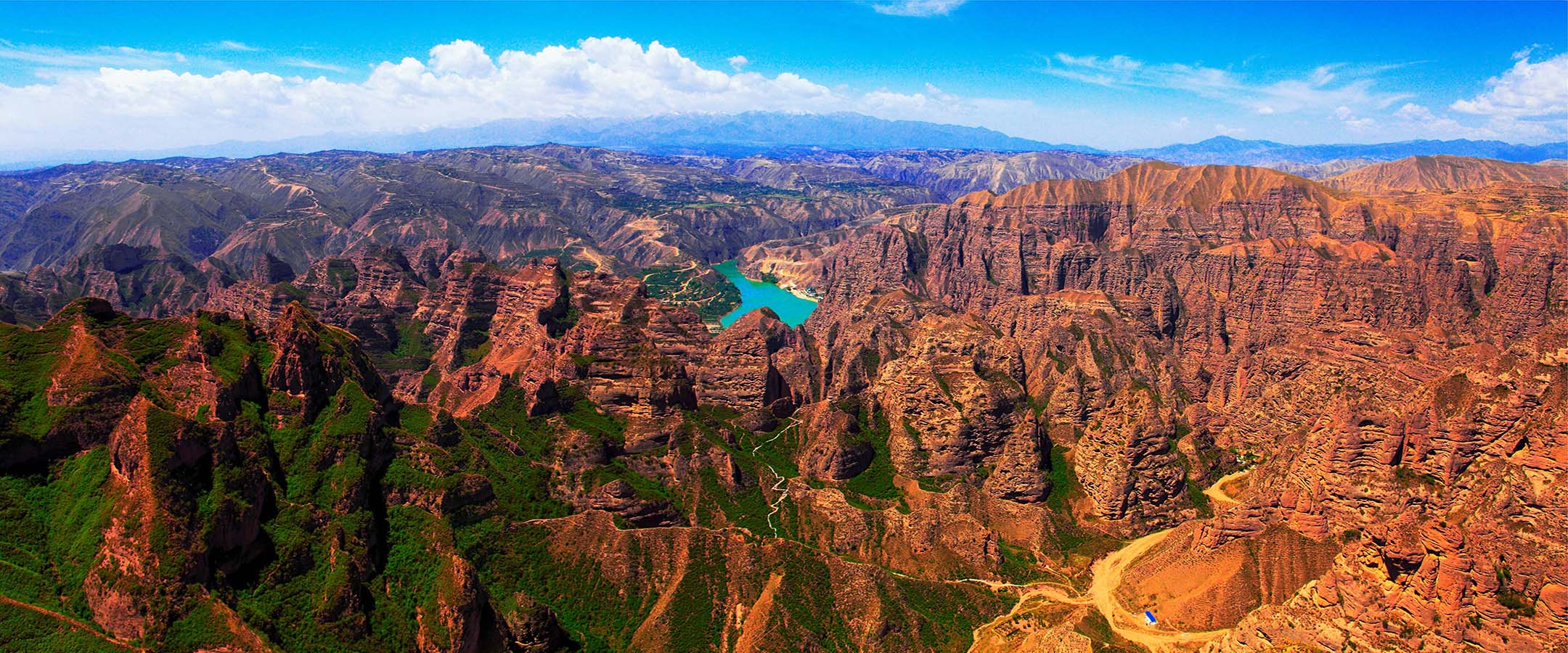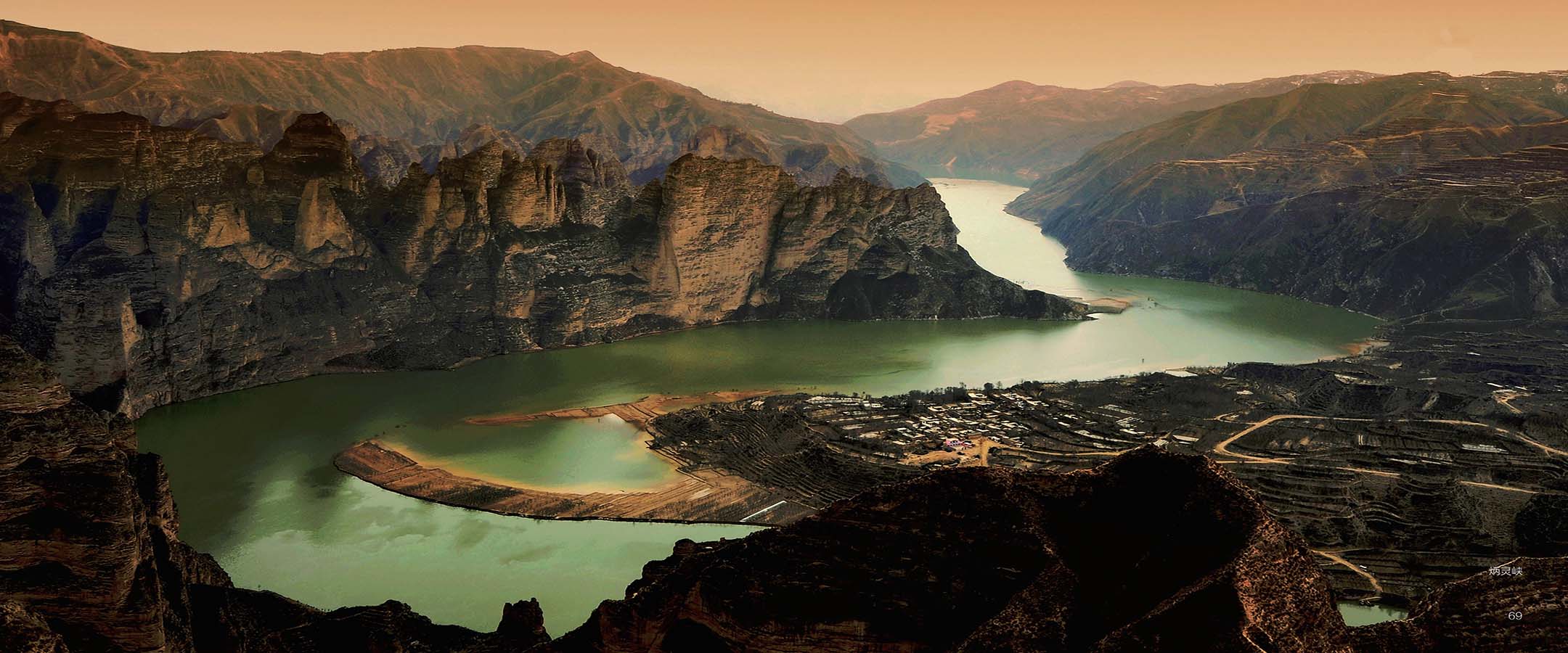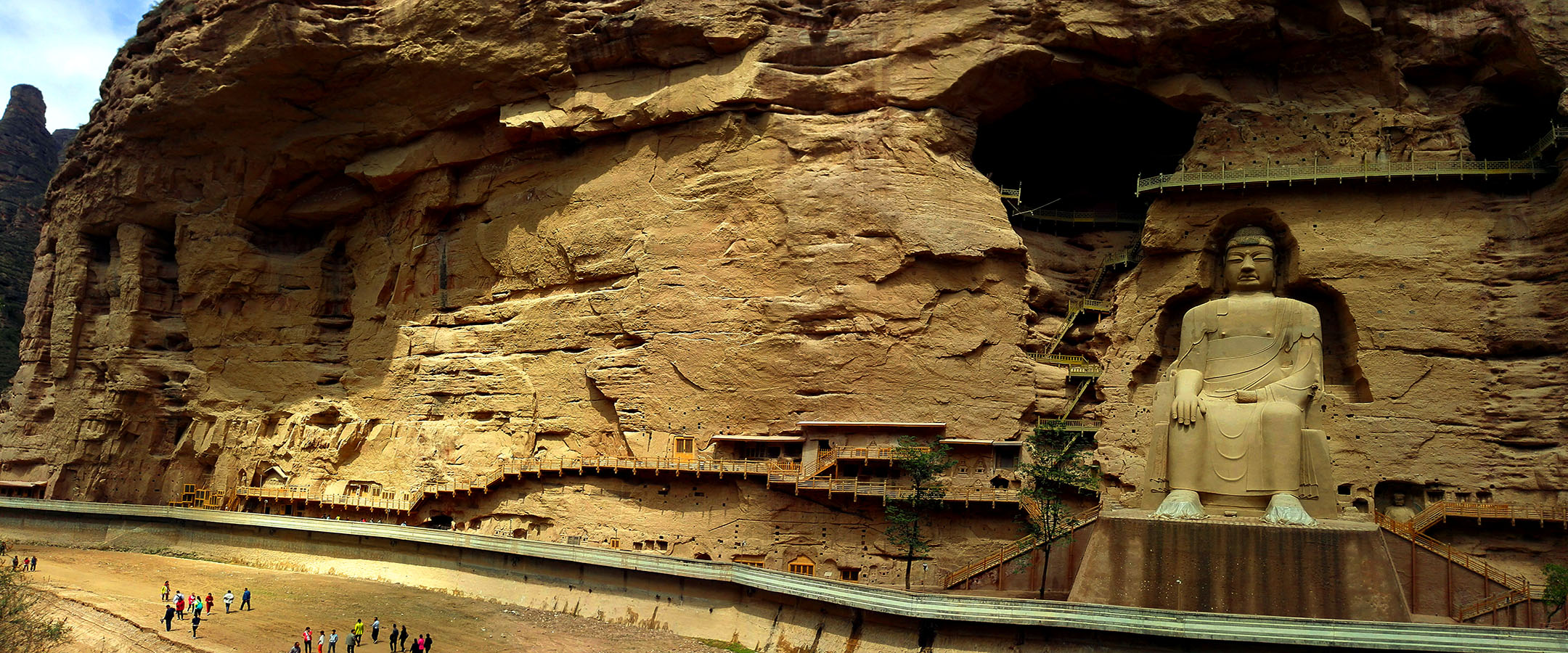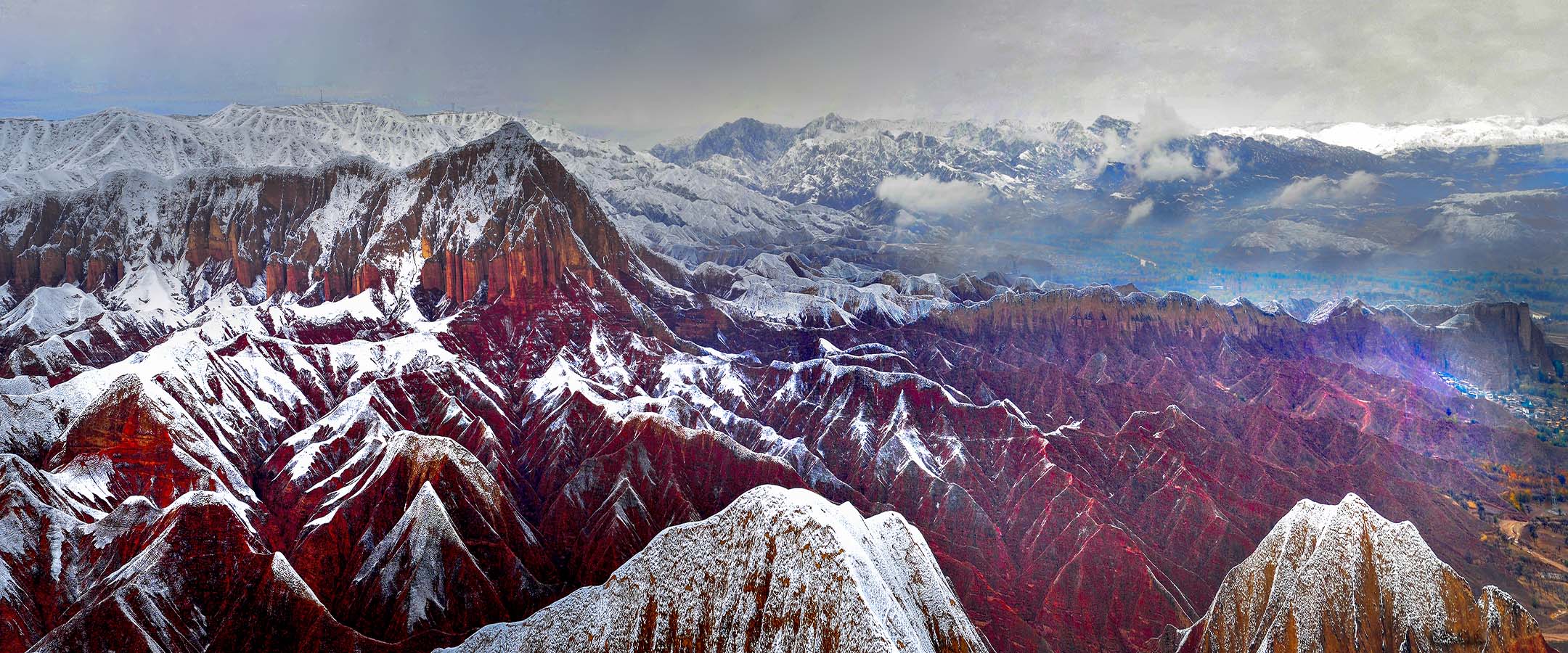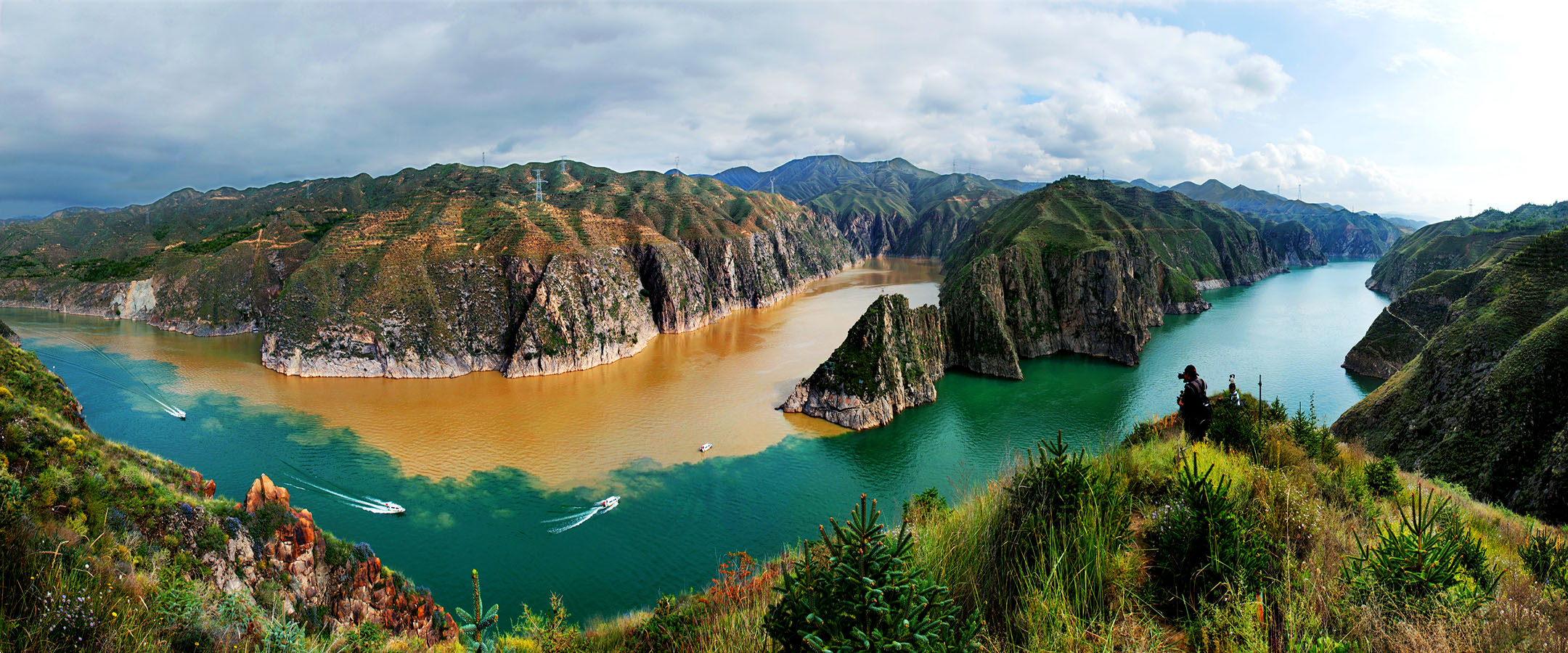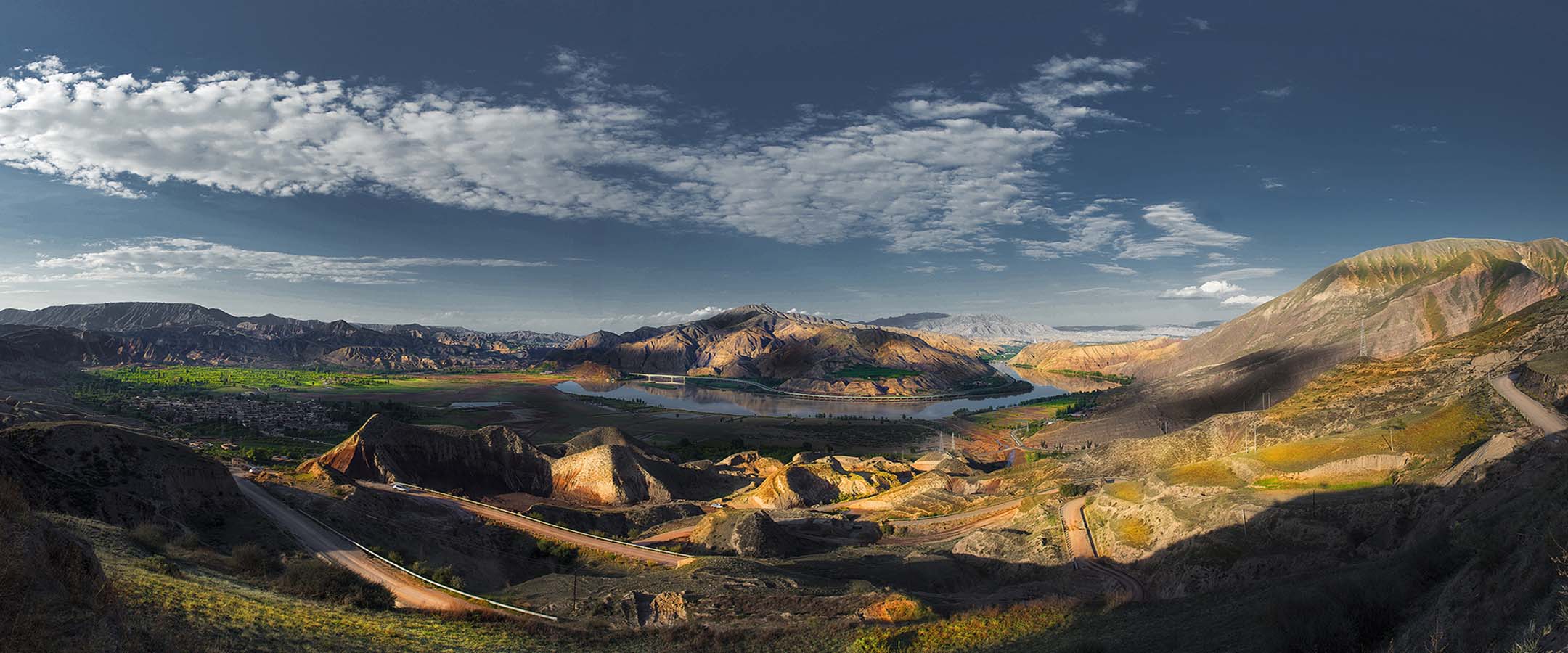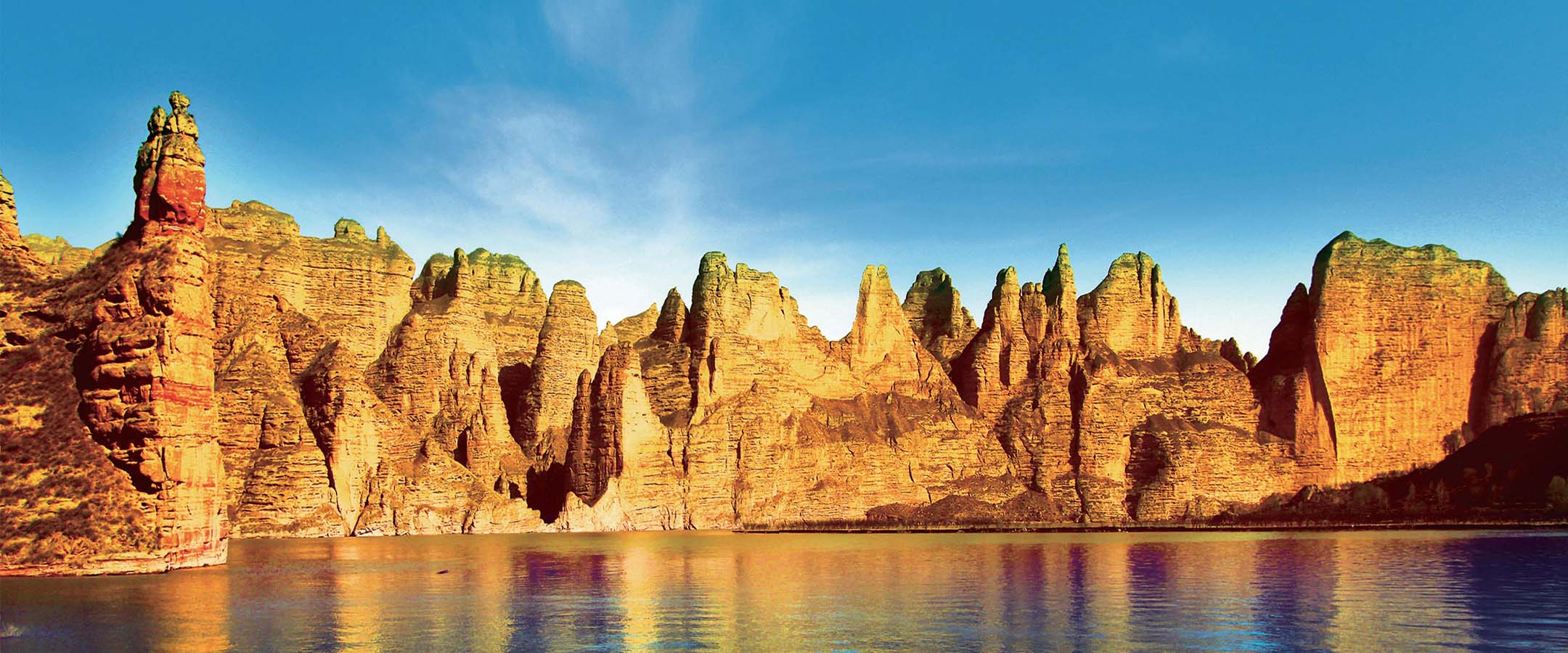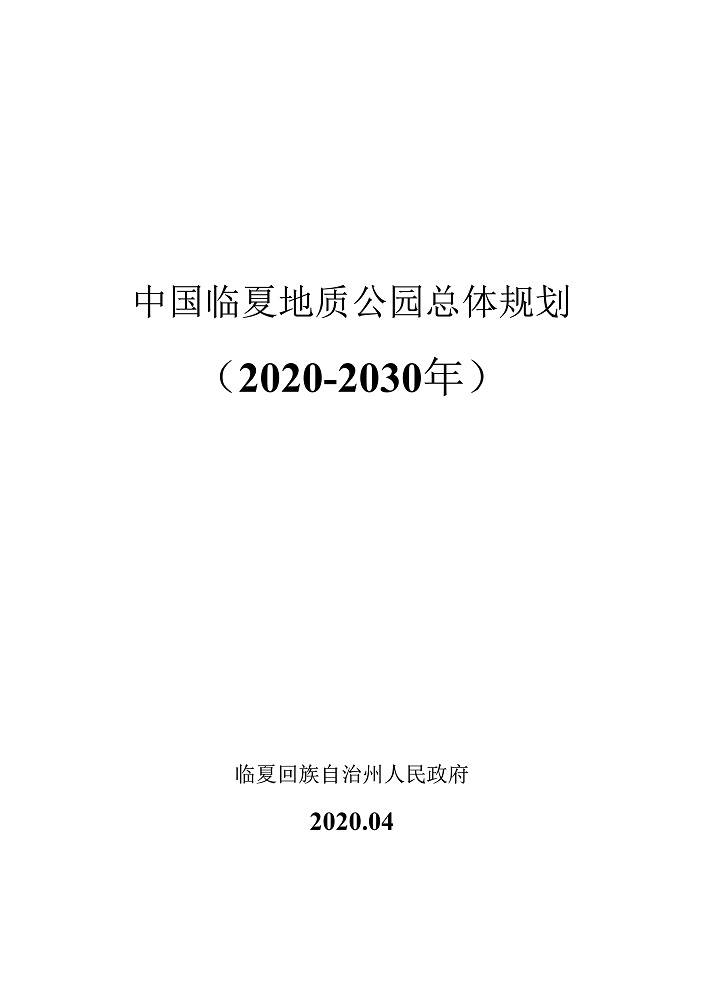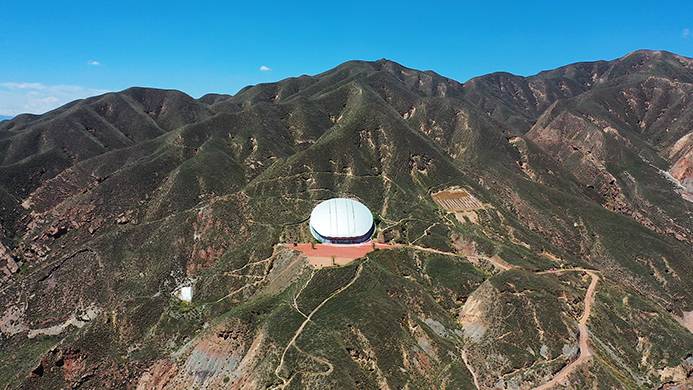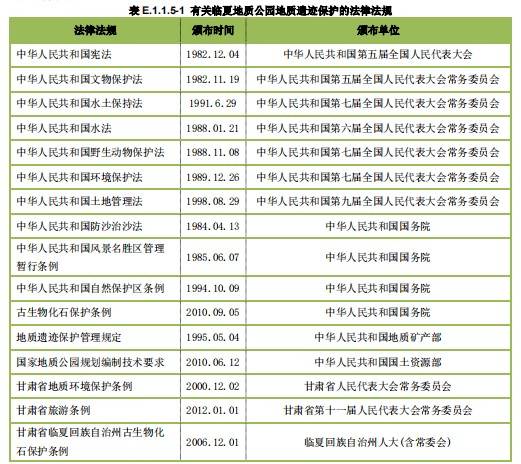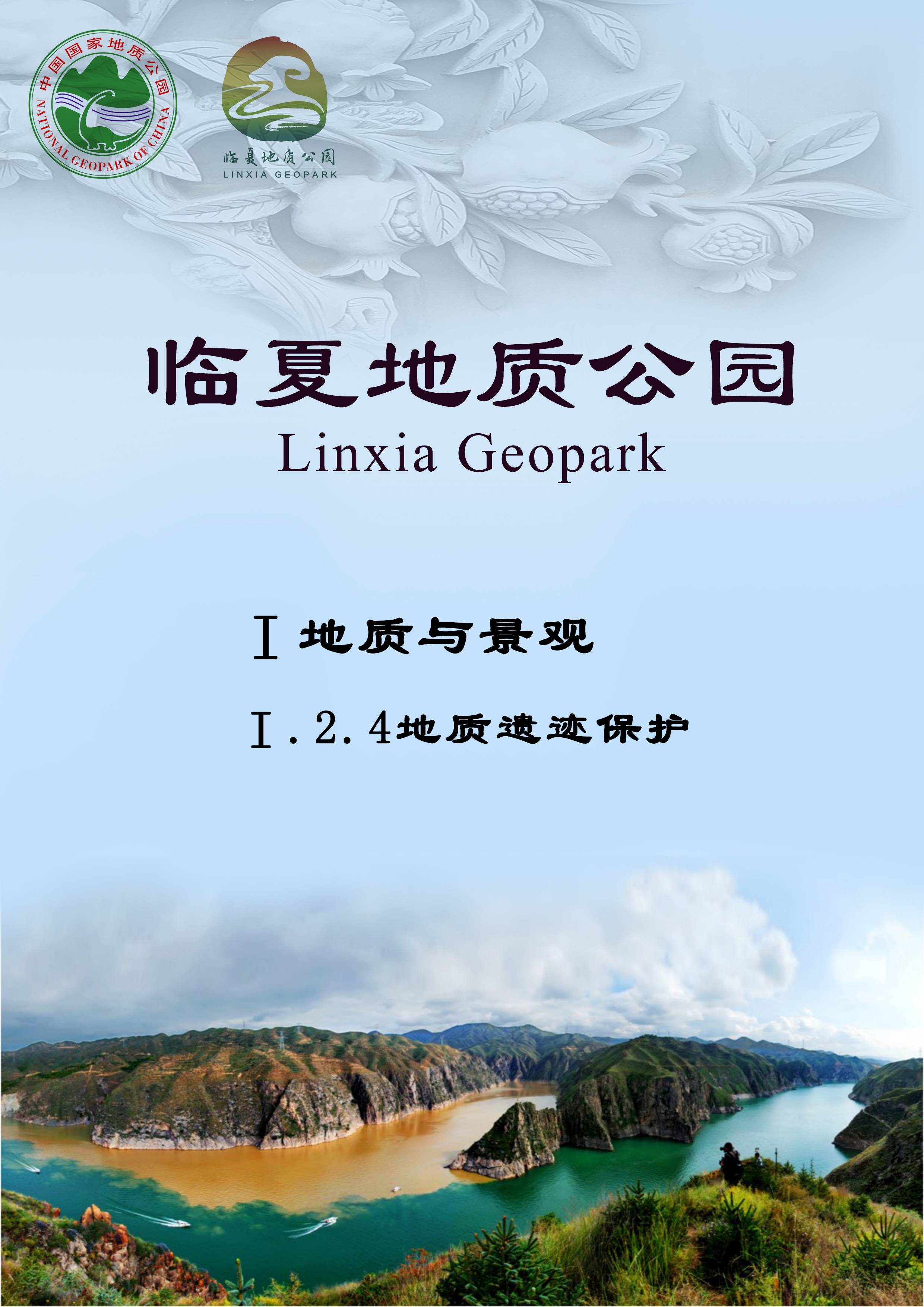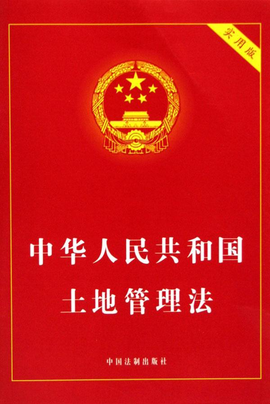Mr.
Mr.
Mr.
Mr.
Mr.
Mr.
Mr.
Mr.
Mr.
Mr.
Mr.
Mr.
Mr.
Mr.
Mr.
Mr.
Mr.
Mr.
Mr.
Mr.
Mr.
Mr.
Mr.
Mr.
Mr.
Mr.
Mr.
Mr.
Mr.
Mr.
Mr.
Mr.
Mr.
Mr.
Mr.
Mr.
Mr.
Mr.
Mr.
Mr.
Mr.
Mr.
Mr.
Mr.
Mr.
Mr.
Mr.
Mr.
Mr.
Mr.
Mr.
Mr.
Mr.
Mr.
Mr.
Mr.
Mr.
Mr.
Mr.
Mr.
Mr.
Mr.
Mr.
Mr.
Mr.
Mr.
Mr.
Mr.
Mr.
Mr.
Mr.
Mr.
Mr.
Mr.
Mr.
Mr.
Mr.
Mr.
Mr.
Mr.
Mr.
Mr.
Mr.
Mr.
Mr.
Mr.
Mr.
Mr.
Mr.
Mr.
Mr.
Mr.
Mr.
Mr.
Mr.
Mr.
Mr.
Mr.
Mr.
Mr.
Mr.
Mr.
Mr.
Mr.
Mr.
Mr.
Mr.
Mr.
Mr.
Mr.
Mr.
Mr.
Mr.
Mr.
Mr.
Mr.
Mr.
Mr.
Mr.
Mr.
Mr.
Mr.
Mr.
Mr.
Mr.
Mr.
Mr.
Mr.
Mr.
Mr.
Mr.
Mr.
Mr.
Mr.
Mr.
Mr.
Mr.
Mr.
Mr.
Mr.
Mr.
Mr.
Mr.
Mr.
Mr.
Mr.
Mr.
Mr.
Mr.
Mr.
Mr.
Mr.
Mr.
Mr.
Mr.
Mr.
Mr.
Mr.
Mr.
Mr.
Mr.
Mr.
Mr.
Mr.
Mr.
Mr.
Mr.
Mr.
Mr.
Mr.
Mr.
Mr.
Mr.
Mr.
Mr.
Mr.
Mr.
Mr.
Mr.
Mr.
Mr.
Mr.
Mr.
Mr.
Mr.
Mr.
Mr.
Mr.
Mr.
Mr.
Mr.
Mr.
Mr.
Mr.
Mr.
Mr.
Mr.
Mr.
Mr.
Mr.
Mr.
Mr.
Mr.
Mr.
Mr.
Mr.
Mr.
Mr.
Mr.
Mr.
Mr.
Mr.
Mr.
Mr.
Mr.
Mr.
Mr.
Mr.
Mr.
Mr.
Mr.
Mr.
Mr.
Mr.
Mr.
Mr.
Mr.
Mr.
Mr.
Mr.
Mr.
Mr.
Mr.
Mr.
Mr.
Mr.
Mr.
Mr.
Mr.
Mr.
Mr.
Mr.
Mr.
Mr.
Mr.
Mr.
Mr.
Mr.
Mr.
Mr.
Mr.
Mr.
Mr.
Mr.
Mr.
Mr.
Mr.
Mr.
Mr.
Mr.
Mr.
Mr.
Mr.
Mr.
Mr.
Mr.
Mr.
Mr.
Mr.
Mr.
Mr.
Mr.
Mr.
Mr.
Mr.
Mr.
Mr.
Mr.
Mr.
Mr.
Mr.
Mr.
Mr.
Mr.
Mr.
Mr.
Mr.
Mr.
Mr.
Mr.
Mr.
Mr.
Mr.
Mr.
Mr.
Mr.
Mr.
Mr.
Mr.
Mr.
Mr.
Mr.
Mr.
Mr.
Mr.
Mr.
Mr.
Mr.
Mr.
Mr.
Mr.
Mr.
Mr.
Mr.
Mr.
Mr.
Mr.
Mr.
Mr.
Mr.
Mr.
Mr.
Mr.
Mr.
Mr.
Mr.
Mr.
Mr.
Mr.
Mr.
Mr.
Mr.
Mr.
Mr.
Mr.
Mr.
Mr.
Mr.
Mr.
Mr.
Mr.
Mr.
Mr.
Mr.
Mr.
Mr.
Mr.
Mr.
Mr.
Mr.
Mr.
Mr.
Mr.
Mr.
Mr.
Mr.
Mr.
Mr.
Mr.
Mr.
Mr.
Mr.
Mr.
Mr.
Mr.
Mr.
Mr.
Mr.
Mr.
Mr.
Mr.
Mr.
Mr.
Mr.
Mr.
Mr.
Mr.
Mr.
Mr.
Mr.
Mr.
Mr.
Mr.
Mr.
Mr.
Mr.
Mr.
Mr.
Mr.
Mr.
Mr.
Mr.
Mr.
Mr.
Mr.
Mr.
Mr.
Mr.
Mr.
Mr.
Mr.
Mr.
Mr.
Mr.
Mr.
Mr.
Mr.
Mr.
Mr.
Mr.
Mr.
Mr.
Mr.
Mr.
Mr.
Mr.
Mr.
Mr.
Mr.
Mr.
Mr.
Mr.
Mr.
Mr.
Mr.
Mr.
Mr.
Mr.
Mr.
Mr.
Mr.
Mr.
Mr.
Mr.
Mr.
Mr.
Mr.
Mr.
Mr.
Mr.
Mr.
Mr.
Mr.
Mr.
Mr.
Mr.
Mr.
Mr.
Mr.
Mr.
Mr.
Mr.
Mr.
Mr.
Mr.
Mr.
Mr.
Mr.
Mr.
Mr.
Mr.
Mr.
Mr.
Mr.
Mr.
Mr.
Mr.
Mr.
Mr.
Mr.
Mr.
Mr.
Mr.
Mr.
Mr.
Mr.
Mr.
Mr.
Mr.
Mr.
Mr.
Mr.
Mr.
Mr.
Mr.
Mr.
Mr.
Mr.
Mr.
Mr.
Mr.
Mr.
Mr.
Mr.
Mr.
Mr.
Mr.
Mr.
Mr.
Mr.
Mr.
Mr.
Mr.
Mr.
Mr.
Mr.
Mr.
Mr.
Mr.
Mr.
Mr.
Mr.
Mr.
Mr.
Mr.
Mr.
Mr.
Mr.
Mr.
Mr.
Mr.
Mr.
Mr.
Mr.
Mr.
Mr.
Mr.
Mr.
Mr.
Mr.
Mr.
Mr.
Mr.
Mr.
Mr.
Mr.
Mr.
Mr.
Mr.
Mr.
Mr.
Mr.
Mr.
Mr.
Mr.
Mr.
Mr.
Mr.
Mr.
Mr.
Mr.
Mr.
Mr.
Mr.
Mr.
Mr.
Mr.
Mr.
Mr.
Mr.
Mr.
Mr.
Mr.
Mr.
Mr.
Mr.
Mr.
Mr.
Mr.
Mr.
Mr.
Mr.
Mr.
Mr.
Mr.
Mr.
Mr.
Mr.
Mr.
Mr.
Mr.
Mr.
Mr.
Mr.
Mr.
Mr.
Mr.
Mr.
Mr.
Mr.
Mr.
Mr.
Mr.
Mr.
Mr.
Mr.
Mr.
Mr.
Mr.
Mr.
Mr.
Mr.
Mr.
Mr.
Mr.
Mr.
Mr.
Mr.
Mr.
Mr.
Mr.
Mr.
Mr.
Mr.
Mr.
Mr.
Mr.
Mr.
Mr.
Mr.
Mr.
Mr.
Mr.
Mr.
Mr.
Mr.
Mr.
Mr.
Mr.
Mr.
Mr.
Mr.
Mr.
Mr.
Mr.
Mr.
Mr.
Mr.
Mr.
Mr.
Mr.
Mr.
Mr.
Mr.
Mr.
Mr.
Mr.
Mr.
Mr.
Mr.
Mr.
Mr.
Mr.
Mr.
Mr.
Mr.
Mr.
Mr.
Mr.
Mr.
Mr.
Mr.
Mr.
Mr.
Mr.
Mr.
Mr.
Mr.
Mr.
Mr.
Mr.
Mr.
Mr.
Mr.
Mr.
Mr.
Mr.
Mr.
Mr.
Mr.
Mr.
Mr.
Mr.
Mr.
Mr.
Mr.
Mr.
Mr.
Mr.
Mr.
Mr.
Mr.
Mr.
Mr.
Mr.
Mr.
Mr.
Mr.
Mr.
Mr.
Mr.
Mr.
Mr.
Mr.
Mr.
Mr.
Mr.
Mr.
Mr.
Mr.
Mr.
Mr.
Mr.
Mr.
Mr.
Mr.
Mr.
Mr.
Mr.
Mr.
Mr.
Mr.
Mr.
Mr.
Mr.
Mr.
Mr.
Mr.
Mr.
Mr.
Mr.
Mr.
Mr.
Mr.
Mr.
Mr.
Mr.
Mr.
Mr.
Mr.
Mr.
Mr.
Mr.
Mr.
Mr.
Mr.
Mr.
Mr.
Mr.
Mr.
Mr.
Mr.
Mr.
Mr.
Mr.
Mr.
Mr.
Mr.
Mr.
Mr.
Mr.
Mr.
Mr.
Mr.
Mr.
Mr.
Mr.
Mr.
Mr.
Mr.
Mr.
Mr.
Mr.
Mr.
Mr.
Mr.
Mr.
Mr.
Mr.
Mr.
Mr.
Mr.
Mr.
Mr.
Mr.
Mr.
Mr.
Mr.
Mr.
Mr.
Mr.
Mr.
Mr.
Mr.
Mr.
Mr.
Mr.
Mr.
Mr.
Mr.
Mr.
Mr.
Mr.
Mr.
Mr.
Mr.
Mr.
Mr.
Mr.
Mr.
Mr.
Mr.
Mr.
Mr.
Mr.
Mr.
Mr.
Mr.
Mr.
Mr.
Mr.
Mr.
Mr.
Mr.
Mr.
Mr.
Mr.
Mr.
Mr.
Mr.
Mr.
Mr.
Mr.
Mr.
Mr.
Mr.
Mr.
Mr.
Mr.
Mr.
Mr.
Mr.
Mr.
Mr.
Mr.
Mr.
Mr.
Mr.
Mr.
Mr.
Mr.
Mr.
Mr.
Mr.
Mr.
Mr.
Mr.
Mr.
Mr.
Mr.
Mr.
Mr.
Mr.
Mr.
Mr.
Mr.
Mr.
Mr.
Mr.
Mr.
Mr.
Mr.
Mr.
Mr.
Mr.
Mr.
Mr.
Mr.
Mr.
Mr.
Mr.
Mr.
Mr.
Mr.
Mr.
Mr.
Mr.
Mr.
Mr.
Mr.
Mr.
Mr.
Mr.
Mr.
Mr.
Mr.

